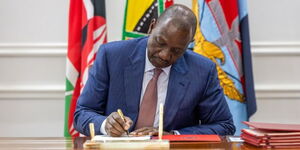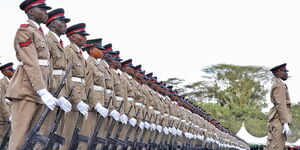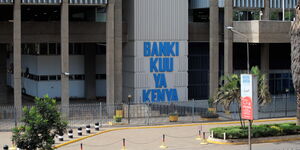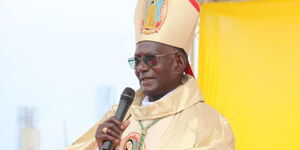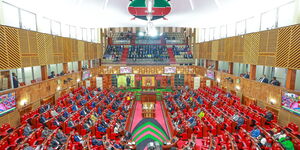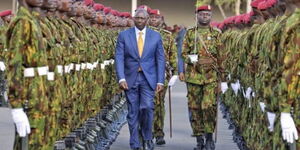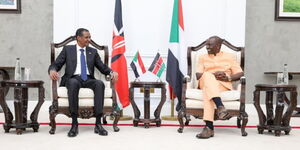Just a year before the 2007 General Election, Nation Media Group identified his talent from international and local organization assignments.
He could tell outstanding stories for Amref, the Ministry of Education and a number of NGOs using his powerful camera lenses.
He quit the media house after ten years, a thought bred immediately after covering the burial of ODM leader Raila Odinga's son Fidel.
“The final decision to quit Nation Media Group came in December 2016 and I boldly took the step. I had been planning for the same after Fidel Odinga's burial but I got a setback when all my photography equipment got stolen during the burial ceremony,” recalls Tom Otieno.
[caption caption="Former Nation Photographer Tom Otieno (PHOTO/Courtesy)"] [/caption]
[/caption]
Since then, Tom starts his day just before 7 am. He carries his camera, notebook and a pen, a digging hoe and a panga to his farm.
Despite the energy in his eyes, Tom quit Nation Media Group as a top documentary photographer to work in Agoro Village, Homabay County given his love for agriculture and planting trees.
Tom takes strictly two hours doing farm work.
“In between farmwork, I photograph whenever I come across an interesting thing or landscape. I go back home to feed, water and clean the chicken shed, get out the goats to the pastures and then sit for my breakfast.”
His home is no doubt the greenest homestead in Homabay County. He has thousands of trees comprising of at least 100 indigenous species that are dying out.
“My love for agriculture, especially tree planting started way before I became a documentary photographer. I started planting trees when I was in lower primary.
“Several people including my neighbours back then in Nairobi benefited as I did not have a place to replant my seedlings. So I gave them away. I boast of having some species of indigenous trees that are easily not found.” states Tom.
Tom's best moments as a photographer are when pictures have told stories that end with victims being rescued or receiving aid. His worst is perhaps the burial of Fidel.
[caption caption="Police watch Anti-IEBC protests in Kisumu (PHOTO/Tom Otieno)"] [/caption]
[/caption]
“The worst moments are when something terrible happens to my gear. Loss or breakages. Like on that day (Fidel’s burial), I lost equipment worth Sh1.7 Million. I had several prime lenses and they were all stolen,” he recalls.
While committed to continuing to boosting the population of his trees, Tom is documenting the life of his people.
Back in the village, his pictures are beyond a thousand words. He captures the Homabay County people’s way of life in every shot.
“I think I had outgrown the then picture desk. I also wanted newer and much better challenges that appreciate the changing photography landscape. Maybe you should know photography is like a forest full of wild animals. Your excellence depends on what part of the forest and how much you want to explore,” advises Tom.
On emerging trends in photography, Tom states: “Lately a crop of young talented photographers have hit the market. They are very good and with time they will join the big boys. A good photographer respects and brings out the desired results with dignity.”
[caption caption="Photographer Tom Otieno at his rural home in Oyugis (PHOTO/Courtesy)"] [/caption]
[/caption]
Tom heeds that African photography is slowly catching up with trends in the West. He attributes advancement in the industry to internet schooling and opportunities for upcoming photographers to meet and work with renowned international and local industry leaders.
He is bothered by the fact that Kenya's photo documentation has largely been done by foreign photographers. The trend, he says becomes too expensive for a local who might in other circumstances get very good photography done.
Tom was last assigned as Daily Nation photographer covering parts of Nyanza and Western Kenya.
Memories of his days at work during 2007 post-election violence, a series of violent protests covered in Kisumu and calamities as floods, drought have not left his eyes.
He has also done numerous assignments on health and farming practices in the region.
[caption caption="An African culture tale (PHOTO/Tom Otieno)"] [/caption]
[/caption]

